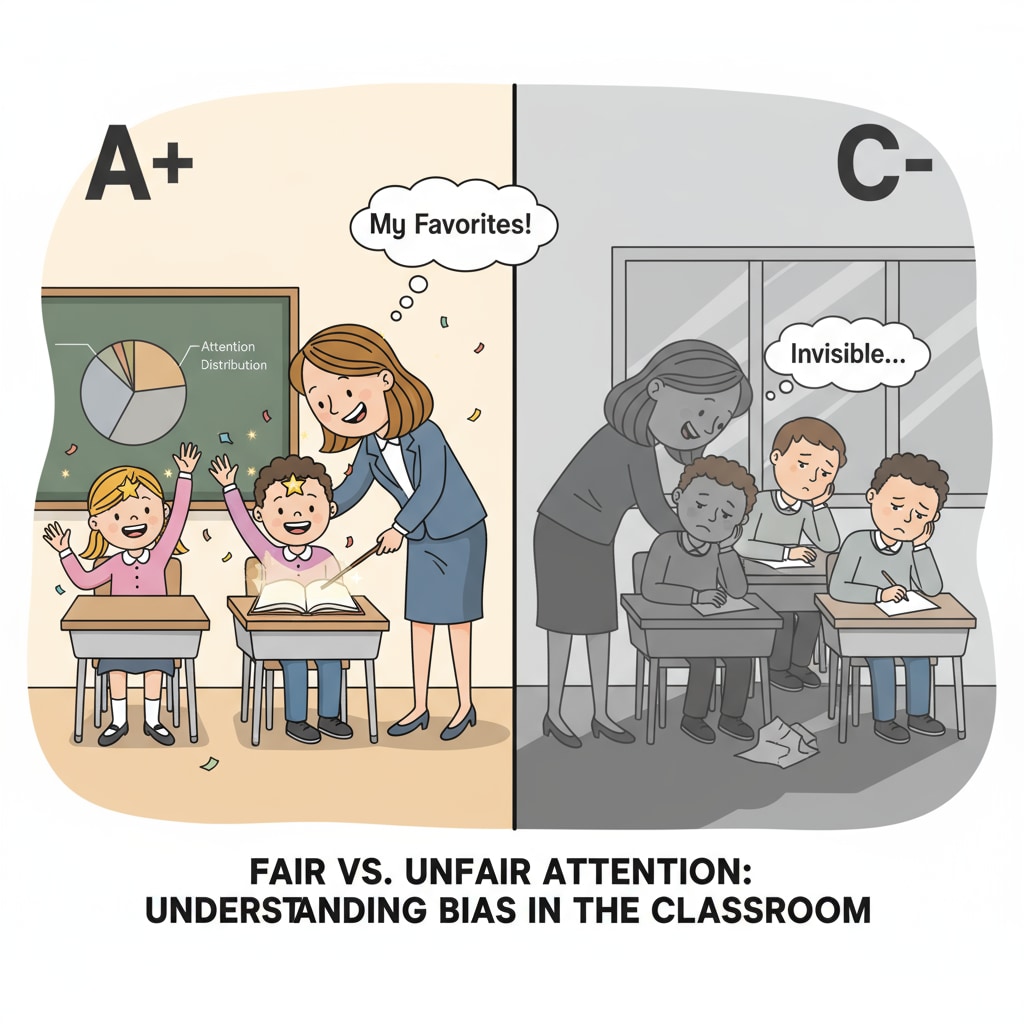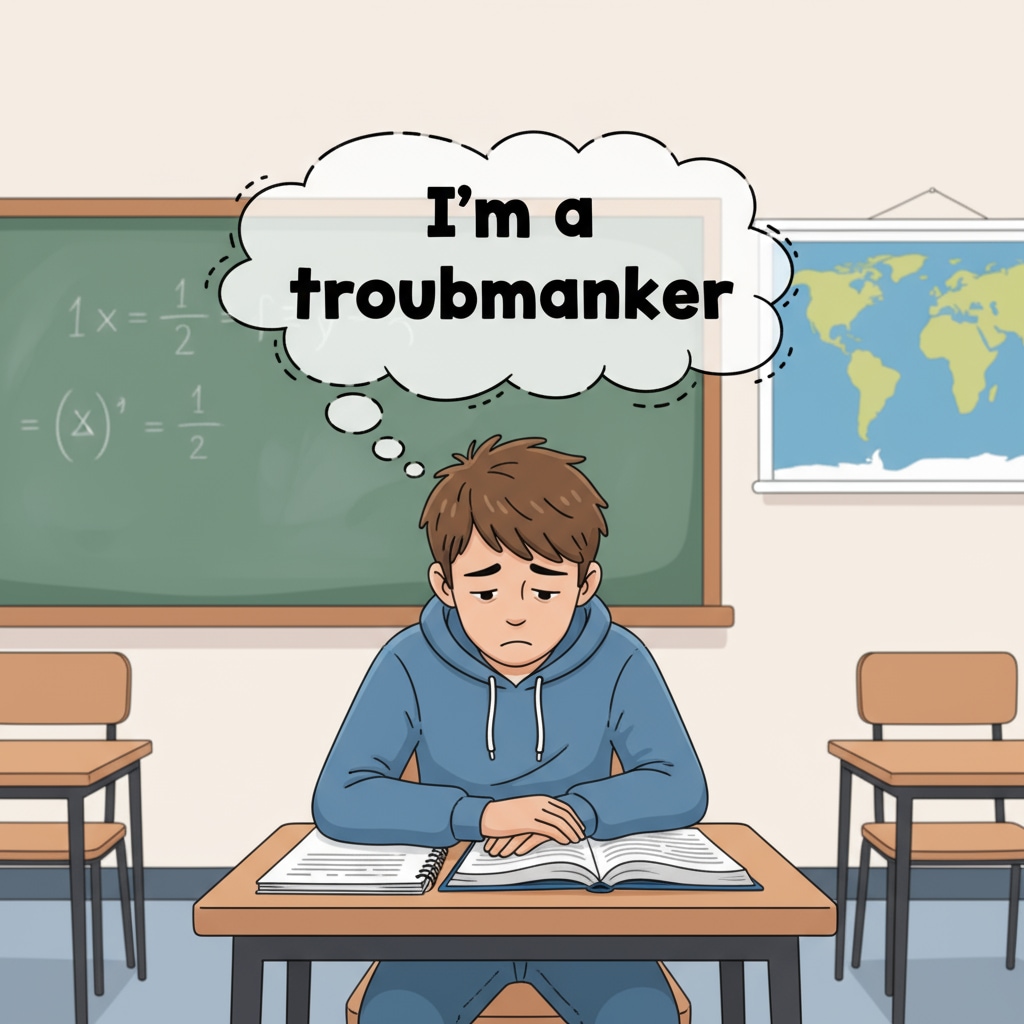In the realm of K12 education, the issues of teacher bias and student labeling have become a source of significant concern. These practices, which often lead to injustice in school environments, can have a profound and lasting impact on students’ lives. Teacher bias refers to the unfair or discriminatory attitudes and actions of educators towards students, while student labeling involves attaching certain characteristics or labels to students, often without a comprehensive understanding of their abilities or circumstances.

The Prevalence of Teacher Bias
Teacher bias can manifest in various ways. For example, some teachers may unconsciously favor students from certain backgrounds over others. A study by the National Education Association found that students from disadvantaged communities are more likely to face harsher discipline and less academic support due to teacher bias. This unequal treatment can limit their educational opportunities and hinder their academic progress.
The Consequences of Student Labeling
Student labeling is another aspect of this problem. When teachers label students as “troublemakers” or “slow learners,” it can create a self-fulfilling prophecy. Students may internalize these labels and start to believe that they are indeed what the label suggests. According to Psychology Today, this can lead to decreased motivation, lower self-esteem, and poor academic performance. Moreover, these labels can follow students throughout their school years, affecting their future educational and career opportunities.

In addition, both teacher bias and student labeling can contribute to a toxic school environment. Students who feel unfairly treated may lose trust in their teachers and become disengaged from the learning process. This not only impacts individual students but also has a negative effect on the overall school community.
Readability guidance: As seen above, we’ve used short paragraphs to convey key ideas. The lists and external links help provide evidence and depth. Transition words like ‘for example’ and’moreover’ are used to enhance flow. The passive voice is kept to a minimum, and sentence lengths are varied to maintain readability.


